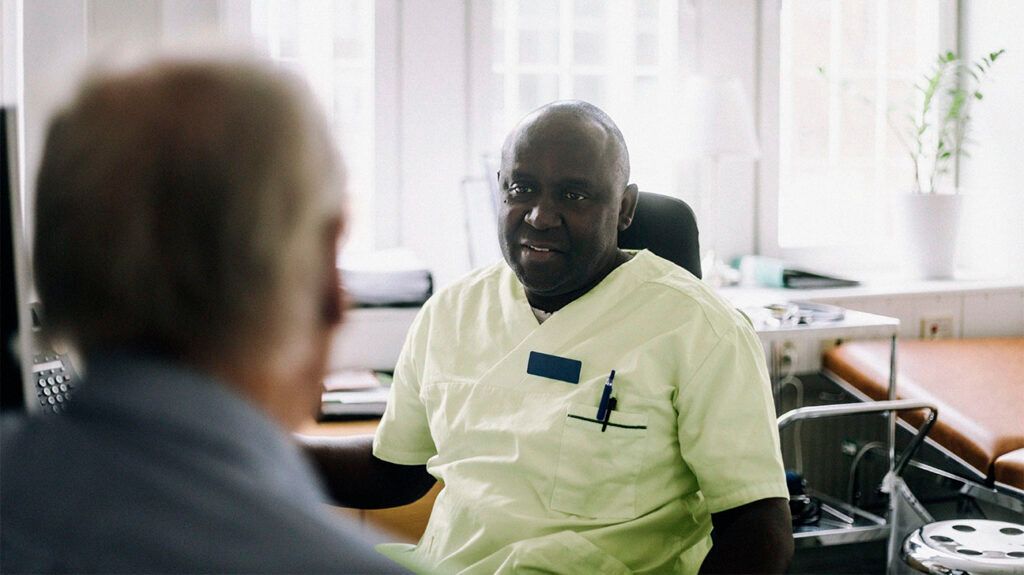Testicular cancer’s survival rate is very good, especially if a doctor detects it, and a person starts treatment in the earliest stage before it has spread. Aside from stage, other factors can affect survival, such as age and response to treatment.
Statistics show that
There are different forms of testicular cancer, and some spread faster than others.
This article examines the testicular cancer survival rate, factors that affect it, how fast the cancer spreads, and sources of support. It also answers frequently asked questions.

The overall 5-year relative survival rate (RSR) is
According to the Surveillance, Epidemiology, and End Results (SEER) Program, the survival for stages is as
| SEER stage | Definition | Survival rate |
|---|---|---|
| localized | no sign of spread beyond the testicle | 99% |
| regional | signs of spread outside the testicle to lymph nodes or nearby structures | 96% |
| distant | evidence of spread to distant body parts, such as the lungs and liver | 73% |
Learn more about testicular cancer that has spread.
Getting treatment is critically important for survival. An older
Some other factors that affect survival include:
Stage
The earlier the cancer stage at diagnosis, the less it has spread, and the more positive the outlook.
Regular self-examination of the testicles can help a person receive an earlier diagnosis.
Learn more about self-exams for testicular cancer.
Tumor markers
If the elevations are only slight, people may still have a good outlook. If the elevations are high, the outlook tends to be less favorable.
Learn more about screening tests for testicular cancer.
Treatment response
Although the cure rate for testicular cancer is very high —
Learn more about treating testicular cancer.
Age
Older adults tend to have more co-occurring long-term health conditions and experience more side effects from medications. Both of these factors affect survival, notes a
Collaborative team approach
Having a multidisciplinary approach helps foster the best outcomes. This may
- primary care doctor
- cancer specialist
- urologist
- physical therapist
The speed at which testicular cancer spreads depends on whether the cancer is of the seminoma or non-seminoma type.
While seminomas affect testicular cells in the
Non-seminomas are more aggressive and have a
Receiving a diagnosis and treatment for testicular cancer can be a challenging time for a person.
Below are resources for support:
- Online community: Getting support through online communities, such as the Cancer Survivors Network or Testicular Cancer Society, can be an invaluable tool for connecting with others with similar experiences. Benefits include easing loneliness and acquiring information.
- Service search bar: The
American Cancer Society offers a search bar for a person to find various services in their area, such as financial assistance and rides. - Counselor: People may benefit from one-on-one counseling, which can offer insight and encouragement. Someone’s care team may suggest a professional who works with cancer survivors.
Below are answers to frequently asked questions.
How long can you live with testicular cancer?
Additionally, individuals who have testicular cancer have a
It is possible that engaging in lifestyle practices, such as eating healthy and getting regular exercise,
Is testicular cancer curable?
It is
What are the odds of beating testicular cancer?
For
Even if the cancer recurs, it is still frequently curable.
What is the average age of people with testicular cancer?
The average age at diagnosis is
Overall, the testicular cancer survival rate is
Other factors that affect survival include the stage at diagnosis, age, and response to treatment. Also, the form of cancer can affect survival because non-seminomas are more aggressive and spread more rapidly.
An array of resources are available. For example, support groups are places where people with cancer can share experiences and information.
